How to Use Conical Fermenter
Scenarios for the Use of Conical Fermenter Equipment
Imagine you’re brewing your favorite IPA at home. You’ve nailed the malt profile and hops schedule, but fermentation is where the magic happens. Whether you’re a weekend warrior brewer or running a commercial microbrewery, controlling fermentation can make or break your beer. That’s where conical fermenter equipment shines. It’s the go-to gear for ensuring consistency, improving sanitation, and simplifying the brewing process.
Homebrewers use conical fermenters to avoid the mess and contamination risks that come with transferring beer between vessels. Commercial brewers rely on them to streamline fermentation and improve batch consistency. Even wineries and kombucha producers have started hopping on the conical bandwagon. If you’re scaling up or want to perfect your craft, this equipment is more than a luxury—it’s a game-changer.
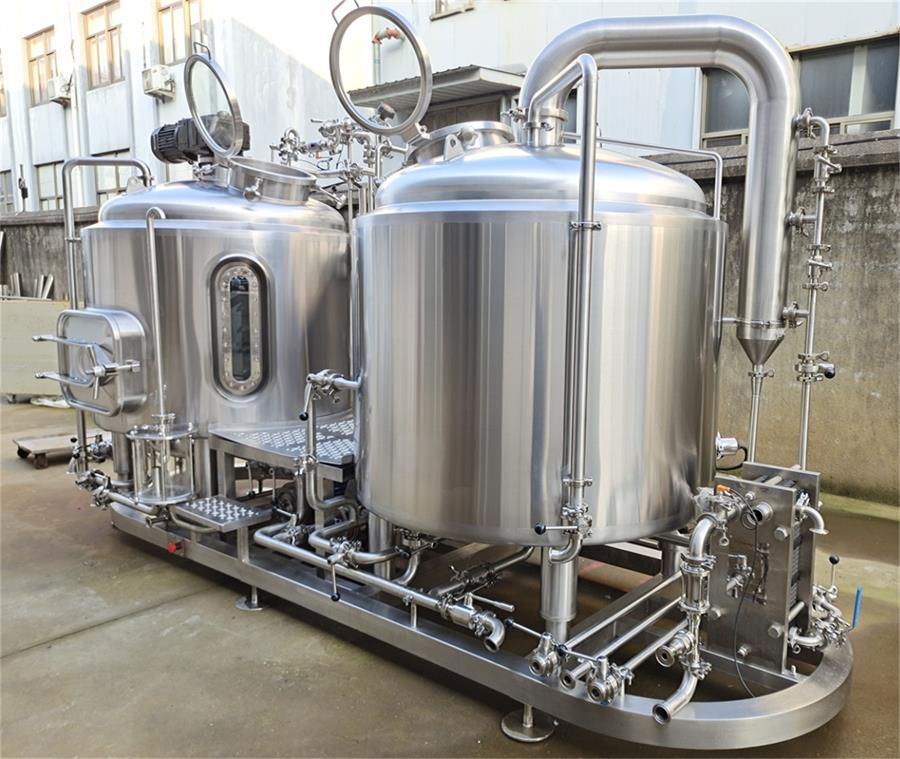
What Is a Conical Fermenter?
A conical fermenter is essentially a fermentation tank with a cone-shaped bottom. That’s it in simple terms. But what makes it special? The design allows for easy yeast and sediment collection. Instead of beer sitting on a thick layer of trub (that’s brewer lingo for spent yeast and hop sludge), it slides down into the cone, ready to be dumped or harvested.
These fermenters often come with a bottom valve, sight glass, and sampling ports. This makes life easier during fermentation and bottling. They come in various sizes—from a 1-gallon home setup to 15-barrel commercial systems. So whether you’re in a garage or a brewery, there’s a conical fermenter with your name on it.
Key Features of Conical Fermenter Equipment
So, why is this shiny, cone-bottom tank getting all the attention? It’s packed with features that make brewing better and cleaner. Let’s break them down.
Sanitary Welds and Stainless Steel Build: Most conical fermenters are built from 304 or 316 stainless steel, making them durable and easy to sanitize. No more worrying about scratches harboring bacteria.
Cone Angle Design: The steep cone—typically around 60 degrees—lets gravity do its work, pushing sediment to the bottom. This results in clearer beer and less hassle during racking.
Bottom Dump Valve: A valve at the cone’s tip lets you remove trub or harvest yeast without disturbing the beer. It’s like a trash chute, but for yeast.
Temperature Control Options: Many fermenters have built-in or optional glycol jackets and thermowells for precise temperature regulation.
Pressure-Rated Options: Some conicals can withstand PSI, allowing pressurized fermentation and closed transfers. This improves carbonation control and reduces oxygen exposure.
Sample Ports and Sight Glasses: These let you take gravity readings or inspect the beer without opening the lid.
Advantages and Disadvantages of Conical Fermenter Equipment
| Feature | Advantages | Disadvantages |
|---|---|---|
| Ease of Use | No need to transfer beer for secondary fermentation | May be overkill for small batch brewers |
| Cleaning & Sanitation | All-in-one design limits contamination | Harder to clean thoroughly without CIP systems |
| Material Quality | Durable stainless steel lasts for years | Plastic models are cheaper but less durable |
| Yeast Harvesting | Simplifies reuse of yeast, reducing brewing costs | Requires some learning curve for proper yeast collection |
| Cost Efficiency | Saves time and money long-term | Higher upfront cost than carboys or buckets |
| Batch Consistency | Better temperature and sediment control results in uniform batches | Inconsistent temperature control in cheap or DIY models |
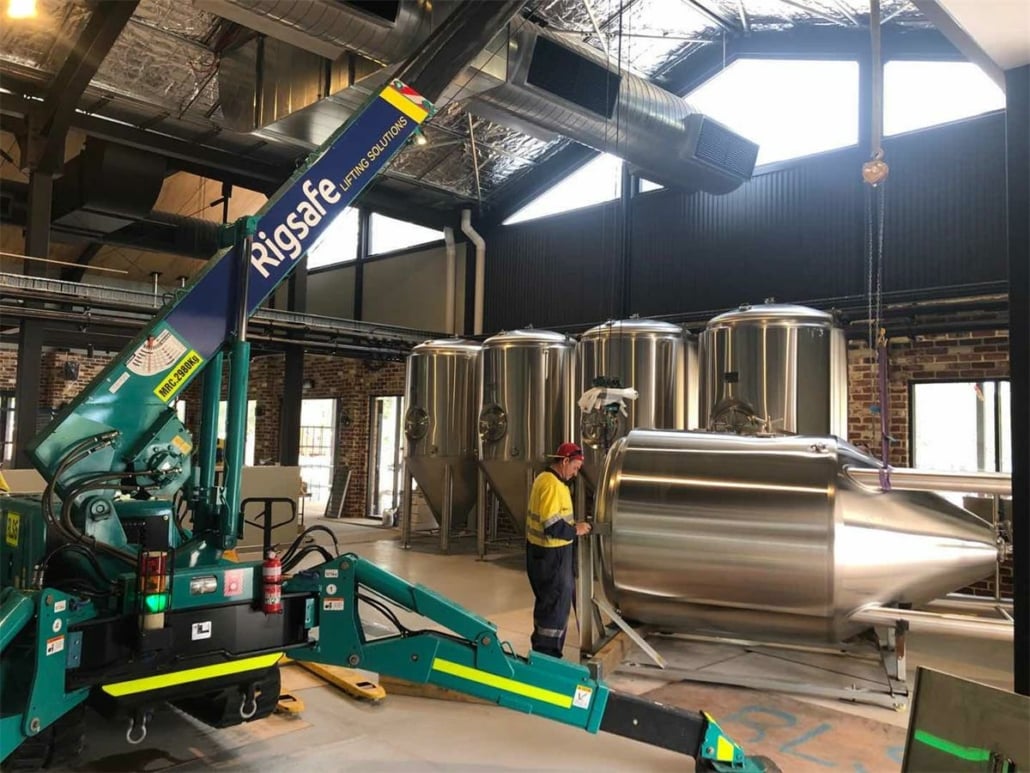
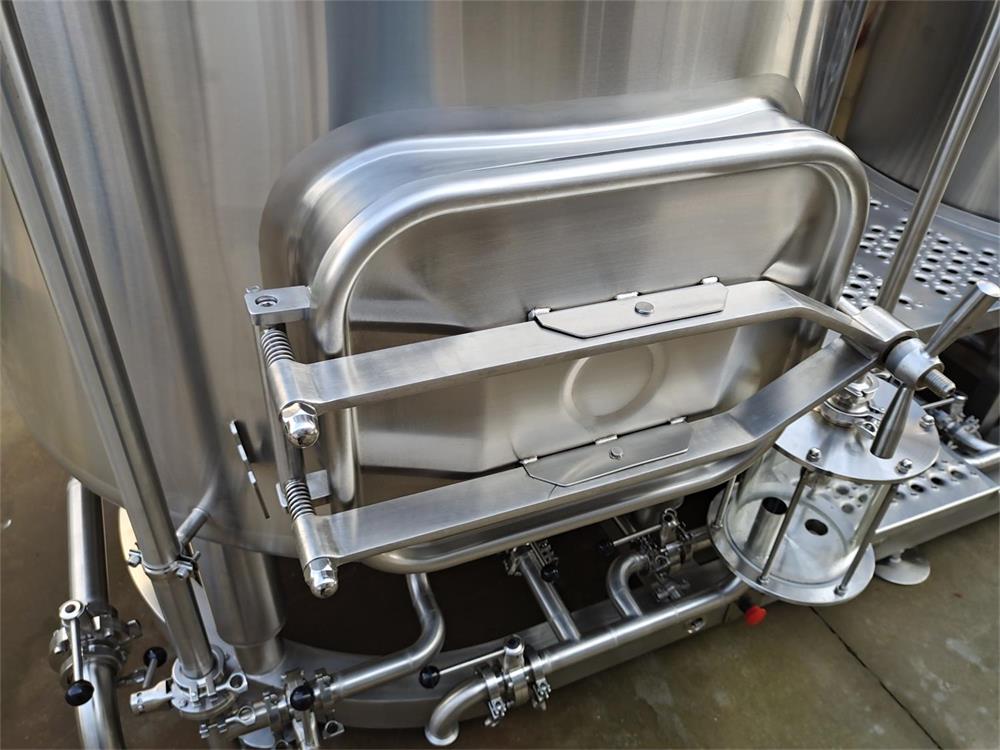


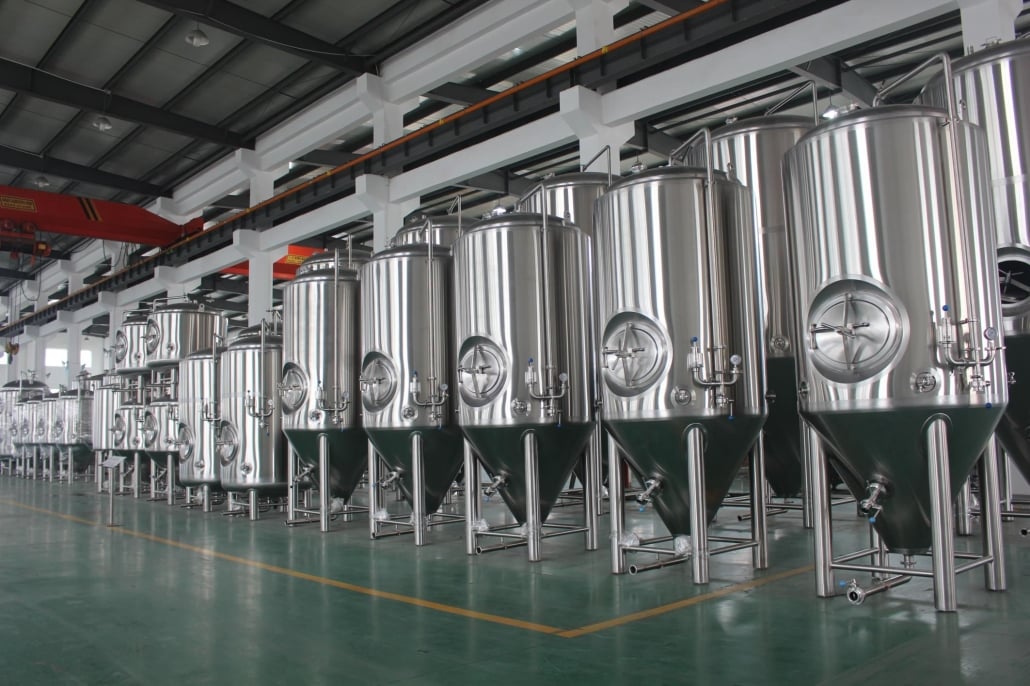
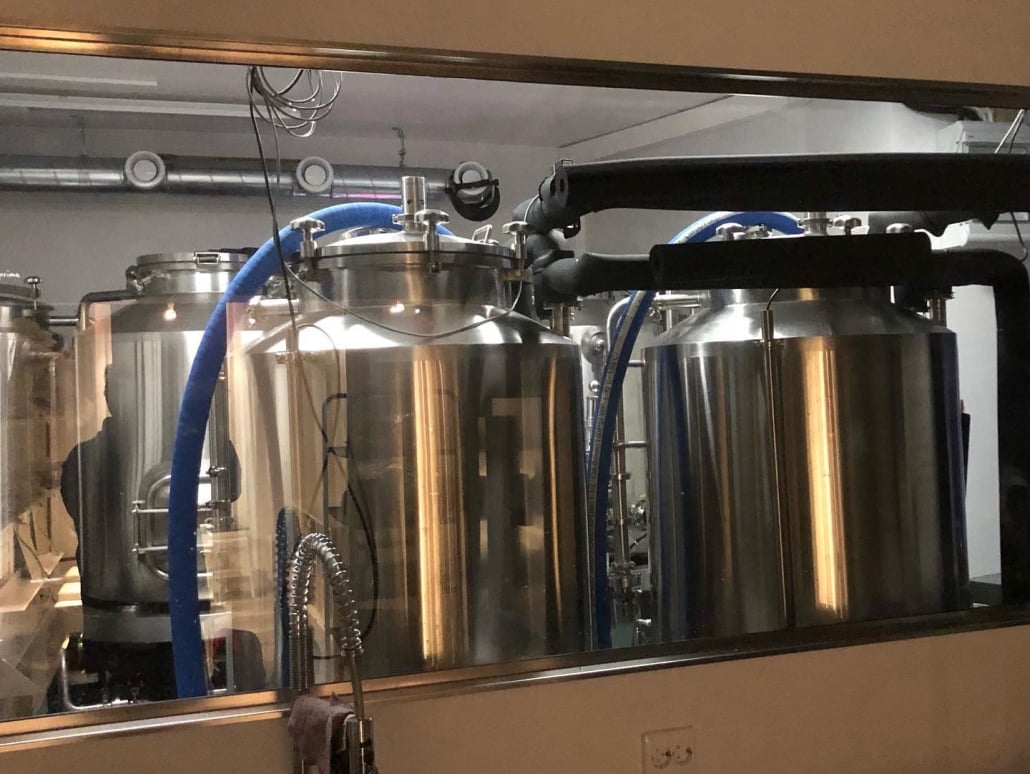
How to Choose a Suitable Conical Fermenter
So you’re sold on getting one. But how do you pick the right conical fermenter? First, think about batch size. A 5-gallon home kit won’t need a 15-gallon tank—that’s like using a swimming pool to wash your face. Get something slightly bigger than your batch size to allow headspace.
Next, look at material. Stainless steel is king for longevity, but plastic works for beginners on a budget. If you’re aiming for pressurized fermentation, make sure your model can handle the PSI.
Consider cooling capability too. If you’re brewing lagers or living in a warm climate, built-in or add-on temperature control becomes essential. Then think about portability and space. Will it fit through your door? Does it need a dedicated stand or table?
Lastly, always read reviews. Brewer forums and YouTube channels are gold mines of honest opinions. Look for ease of assembly, customer support, and real-world performance.
Guidelines for the Use and Maintenance of Conical Fermenter
Using a conical fermenter isn’t rocket science, but it pays to do it right. Here are a few golden rules:
Sanitize Like Your Life Depends on It: Every valve, gasket, and port needs to be squeaky clean before you start fermenting. Don’t just rinse—sanitize.
Use the Dump Valve Regularly: During fermentation, trub builds up. Dumping it early and often keeps your beer cleaner and clearer.
Monitor Temperature Closely: Yeast is a fussy little organism. Too hot or too cold and it throws off flavors. Use a temperature probe inside the thermowell if your unit has one.
Harvest and Store Yeast Properly: If you’re collecting yeast for reuse, be sure to store it in sanitized containers, label it, and use it soon.
Disassemble and Deep Clean: After every few uses, take apart all the fittings and scrub them down. Even stainless steel can trap nasties if neglected.
Conical Fermenter Equipment Specifications and Price Ranges
| Model Type | Volume Range | Material | Temperature Control | Pressure Rating | Price Range (USD) |
|---|---|---|---|---|---|
| Homebrew Plastic | 1 – 8 Gallons | Food-Grade Plastic | Optional | Not Rated | $70 – $150 |
| Entry-Level Steel | 5 – 15 Gallons | 304 Stainless Steel | Manual or None | 0 – 15 PSI | $250 – $600 |
| Pro-Level Fermenter | 15 – 60 Gallons | 304/316 Stainless | Glycol Jacketed | 15 – 30 PSI | $700 – $2,500 |
| Commercial Fermenter | 1 – 30 BBL | 316 Stainless | Integrated Control | 30+ PSI | $3,000 – $30,000+ |
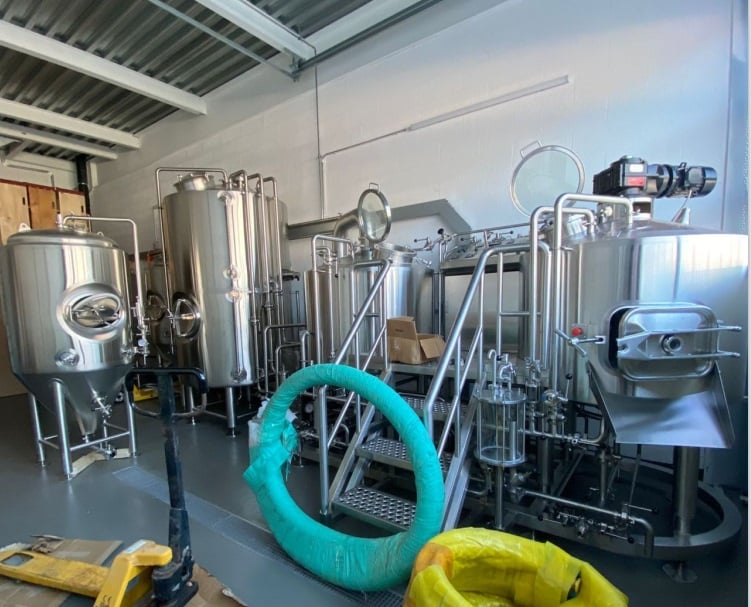
FAQ
| Question | Answer |
|---|---|
| Can I ferment under pressure with a conical fermenter? | Yes, if the fermenter is pressure-rated. This allows for CO2 retention, closed transfers, and natural carbonation. |
| Is stainless steel better than plastic? | Stainless steel is more durable, easier to sanitize, and pressure-capable, but it’s more expensive. Plastic is more budget-friendly. |
| Do I still need a secondary fermenter? | Not necessarily. A conical lets you remove trub without transferring the beer, reducing the need for a second vessel. |
| How do I clean a conical fermenter? | Use brewery-approved cleaners (like PBW), rinse thoroughly, then sanitize. Disassemble fittings for deep cleaning every few uses. |
| What size conical fermenter do I need? | Choose one that’s 20-30% larger than your batch size to allow for krausen (foam) during active fermentation. |
| Are there electric or automated conical fermenters? | Yes, some high-end models come with digital controls, temperature regulation, and even smartphone integration for remote monitoring. |
Additional FAQs About Using a Conical Fermenter
1) How often should I dump trub and harvest yeast during primary fermentation?
- For most ales, perform a small trub dump 12–24 hours after high krausen starts, then another 48–72 hours later. Harvest yeast near the end of primary when gravity is within 2–4 points of terminal, selecting the mid-layer “cream” yeast for best viability.
2) What pressure settings work best for spunding in a Conical Fermenter?
- Start spunding at 5–8 psi once gravity has dropped ~50% of the way to FG. Increase to 10–12 psi for lagers or if targeting higher natural carbonation. Always verify PRV rating and thermometer/pressure gauge calibration.
3) How do I minimize oxygen pickup during dry hopping?
- Use a CO2‑purged hop doser or CO2‑purge the headspace and hop addition path. Keep all transfers closed, pre-pressurize lines to 2–5 psi, and consider a gentle recirculation loop post-addition to distribute hops without splashing.
4) What CIP routine is recommended for small stainless conicals (5–15 gal)?
- Rinse warm, circulate 1–2% alkaline cleaner (e.g., PBW/caustic alternative) at 120–140°F for 15–20 minutes through a spray ball, rinse to neutral, optional 0.5–1% acid pass, then no‑rinse sanitizer. Disassemble and hand-clean gaskets/valves every 3–5 brews.
5) How can I improve temperature control without a full glycol system?
- Use a thermowell probe, insulated jacket, and a pump/coil in an ice bath or mini‑chiller loop. Keep setpoint deadband tight (±0.5°C). For warm ambients, pre‑chill wort and ferment in a temperature‑stable space to reduce chiller cycling.
2025 Industry Trends for Conical Fermenters
- Pressure-capable unitanks at smaller volumes: More home and nano users adopt 15–30 psi conicals for spunding and closed transfers.
- Oxygen control as standard practice: CO2 hop dosers, pressure-rated sight glasses, and DO sampling ports are common add‑ons.
- Better insulation and jacket zoning: Reduced chiller loads and faster crash times, even on compact vessels.
- Sanitary design focus: Smoother weld finishes (≤0.8 μm Ra), crevice-free ports, and rotary spray devices improve cleanability.
- Smart controls: Bluetooth/wi‑fi temperature controllers with fermentation profiles and data logging.
2025 Benchmarks and Pricing Snapshot (North America/EU)
| Spec/Item | 2023 Avg | 2024 Avg | 2025 YTD | Notes/Sources |
|---|---|---|---|---|
| 7–14 gal stainless conical (non-pressurized) | $250–$600 | $240–$580 | $230–$560 | Supplier catalogs |
| 7–14 gal pressure-capable conical (15–30 psi) | $500–$1,100 | $480–$1,050 | $450–$1,000 | Home/nano unitanks |
| 1–3 bbl jacketed conical (pressure-rated) | $4.5k–$8.5k | $4.2k–$8.0k | $4.0k–$7.8k | Options vary |
| Typical interior finish (Ra) | 0.8–1.2 μm | 0.6–0.9 μm | 0.5–0.8 μm | Hygienic trend |
| Inline DO/sample port adoption on small FVs (%) | 28 | 35 | 44 | BA/MBAA + OEM surveys |
| Average crash time 20°C→2°C (10–15 gal, jacketed) | 18–24 h | 16–22 h | 14–20 h | With better insulation |
Reference hubs:
- Brewers Association Quality resources: https://www.brewersassociation.org/
- Master Brewers Association Technical Quarterly: https://www.mbaa.com/publications/tq/Pages/default.aspx
- EHEDG hygienic design guidance: https://www.ehedg.org/
- IBD Knowledge Centre: https://www.ibd.org.uk/
Latest Research Cases
Case Study 1: Closed Dry Hop and Spunding SOP to Improve Shelf Stability (2025)
Background: A nano brewery using a 3 bbl Conical Fermenter saw elevated DO spikes after dry hopping and variable carbonation.
Solution: Implemented CO2‑purged hop doser, closed additions at 5–8 psi, and staged spunding to 12 psi near terminal gravity; added DO sampling port.
Results: Post-hop DO reduced by 60–90 ppb; package TPO down 30%; hop aroma retention improved at 8 weeks; fewer over-carb defects. Sources: BA oxygen management guides; MBAA TQ hop addition practices.
Case Study 2: CIP Optimization on Home/Nano Stainless Conicals (2024)
Background: Inconsistent cleaning outcomes and occasional off-aromas in stainless home/nano setups.
Solution: Upgraded to rotary spray device, validated flow/pressure at spray head, standardized 1.5% alkaline at 60–65°C for 20 minutes, followed by acid pass weekly; instituted gasket rotation and logbook.
Results: CIP time reduced 20%; chemical use down 15%; zero microbial swab failures over 12 weeks. References: MBAA TQ CIP validation articles; OEM spray device specs.
Expert Opinions
- Mary Pellettieri, Quality Consultant and Author
Viewpoint: “Conical Fermenter performance depends on measurement and SOPs—calibrated temperature probes, sanitary sampling, and disciplined oxygen control.” - Dr. Charlie Bamforth, Brewing Scientist
Viewpoint: “Pressure-capable conicals that minimize oxygen ingress yield demonstrably better flavor stability and foam performance.” - Mitch Steele, Brewmaster and Co-founder, New Realm Brewing
Viewpoint: “Prioritize features that speed repeat tasks—racking arm, sample valve, hop port—and add pressure control early to enable closed transfers.”
Practical Tools and Resources
- Brewers Association: Fermentation QA, oxygen control checklists — https://www.brewersassociation.org/
- MBAA Technical Quarterly: Conical design, CIP protocols, spunding best practices — https://www.mbaa.com/publications/tq/Pages/default.aspx
- EHEDG: Hygienic equipment design principles — https://www.ehedg.org/
- IBD: Fermentation control modules — https://www.ibd.org.uk/
- Instrumentation vendors: Anton Paar (DO/CO2/density) — https://www.anton-paar.com/; Hach (DO meters) — https://www.hach.com/
- Used gear/community: ProBrewer classifieds & forums — https://www.probrewer.com/
Last updated: 2025-09-28
Changelog: Added 5 targeted FAQs; 2025 trend summary with benchmark table; two recent conical-use case studies; expert viewpoints; curated tools/resources with authoritative links for Conical Fermenter users
Next review date & triggers: 2026-03-31 or earlier if small conical pricing shifts >10%, new BA/MBAA oxygen or CIP guidance is released, or common pressure/finish specifications change
Share this entry
Interested in learning more about Brewing Systems including additional details and pricing information? Please use the form below to contact us!
YOLONG BREWERY EQUIPMENT FAQS
- Commercial Brewery / Craft Brewery / Microbrewery / Nanobrewery
- What is The Difference Between Craft Beer and Industrial Beer?
- The Bespoke Differences In Custom Brewing Systems
- Everything You Need to Know About Kettle Souring
- How to Choose Brewing Equipment for Your business?
- How To Choose The-Best Partner To Build Your Commercial Microbrewing System?
- Two Detection Sensors That You Need To Use In Your Brewhouse System
- Remote Control Applications in Brewing Equipment/How does it work?
- How To Clean Your Brand New Brewery Tanks?

